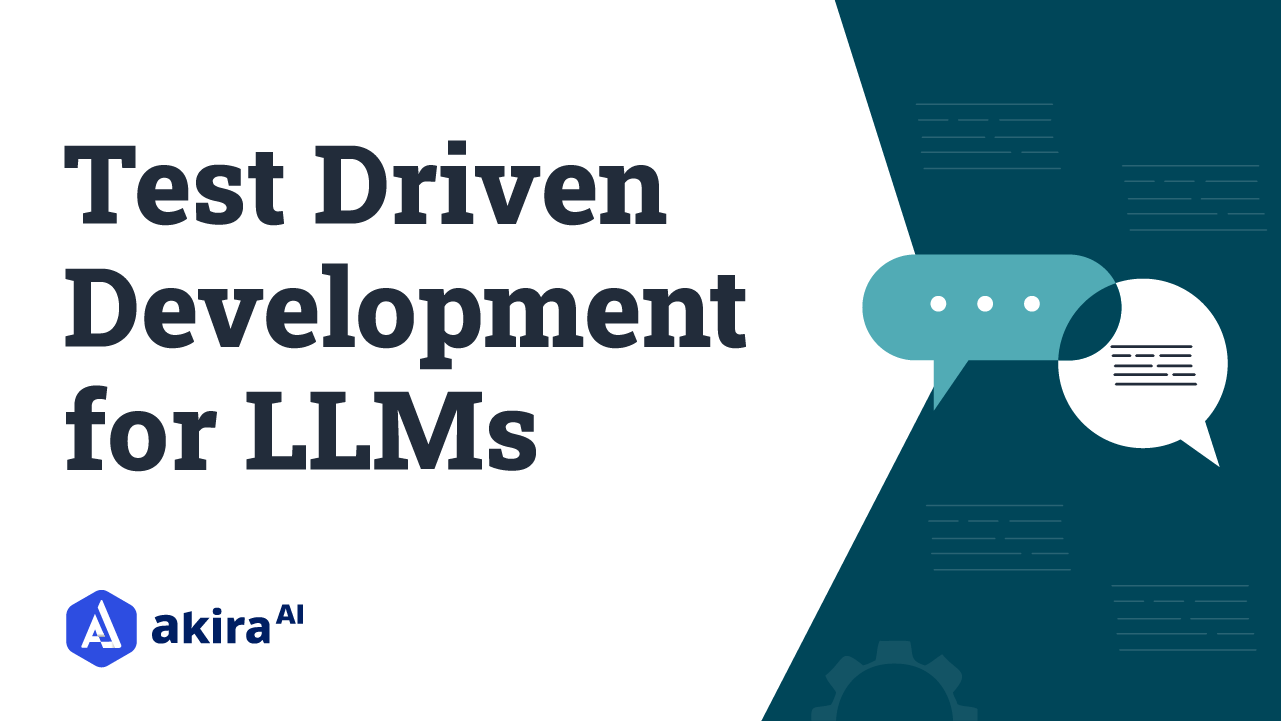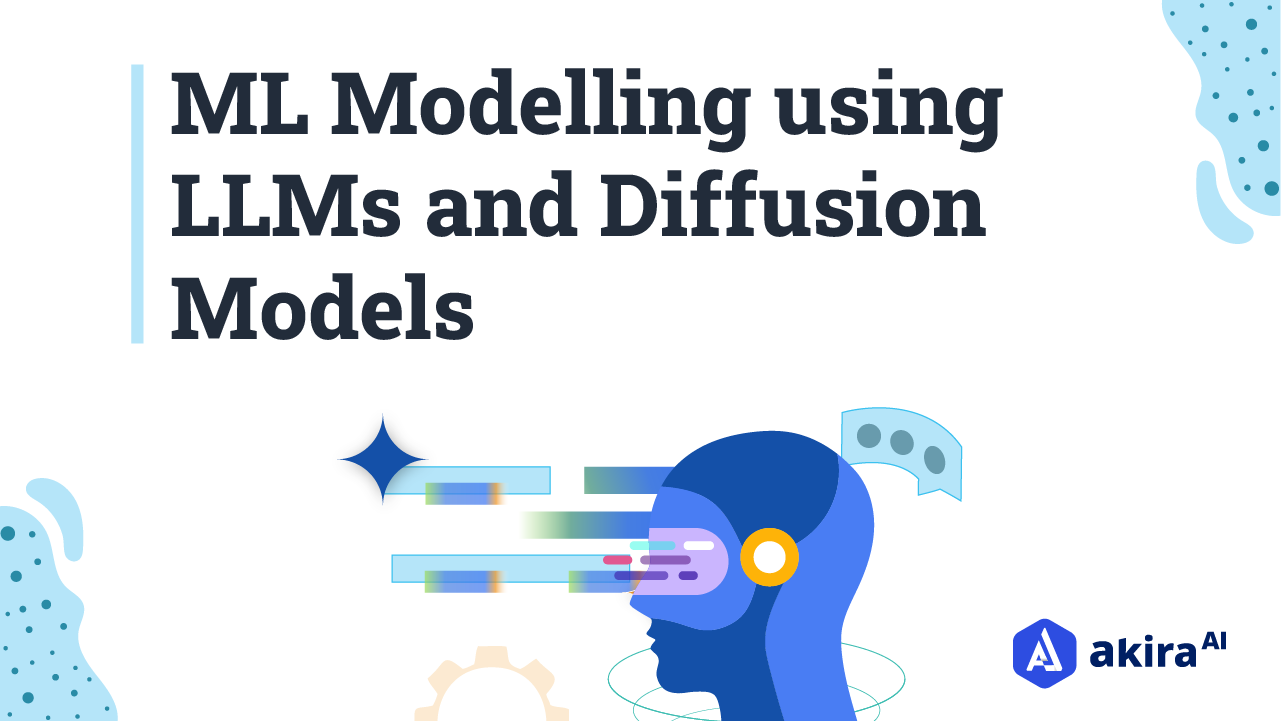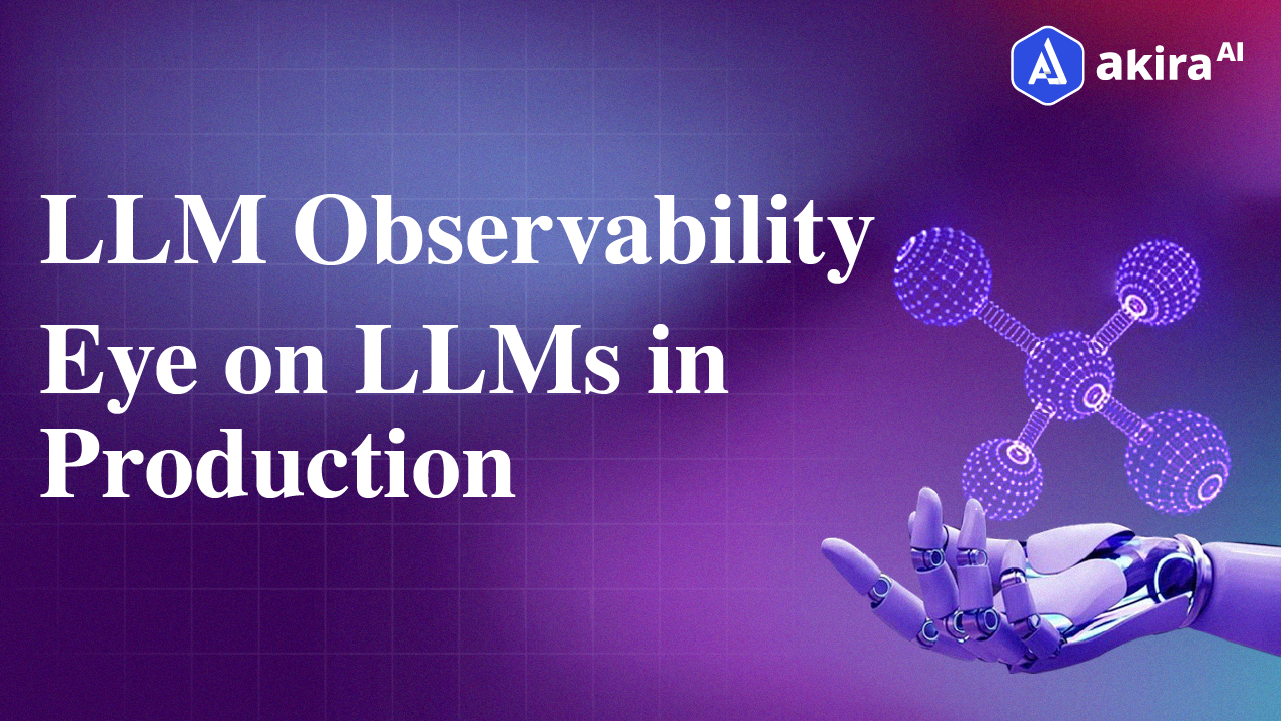Key Insights
Einstein SDR Agent autonomously engages with inbound leads, in natural language, to answer questions, handle objections, and book meetings for human sellers Einstein Sales Coach Agent autonomously engages in role-plays with sellers, simulating a buyer during discovery, pitch, or negotiation calls Accenture will leverage these agents to improve deal team effectiveness, scale to support more deals, and allow their people to focus their time and effort on the most complex deals

Large Language Models Architecture and Functionality
In the rapidly changing world of machine learning (ML) and artificial intelligence (AI), two kinds of algorithms have captured widespread attention for their innovative functionalities: Large Language Models (LLMs) such as GPT (Generative Pre-trained Transformer) and Diffusion Models, including score-based generative models. This blog delves into the technicalities that make these two models powerful in various applications.
Transformer Architecture Foundation of Modern NLP
Models like GPT-3 and BERT are anchored in the transformer architecture, which generally features multiple layers of transformer units. Each unit comprises self-attention mechanisms, normalization methods, and feed-forward neural networks. For instance, GPT-3 is renowned for its 175 billion parameters distributed over 96 layers of transformers.
Attention Mechanisms Driving LLM Performance
The key to the functionality of LLMs is the 'attention mechanism,' particularly multi-head self-attention. It enables these models to calculate the relative importance of each word in a given sequence. Though computationally intensive, these mechanisms offer potent features like understanding context and resolving long-term dependencies.
Token Embedding Techniques for Advanced Language Processing
A less-discussed facet of LLMs is token embeddings. Not only are words transformed into vectors, but they also receive positional embeddings, imparting the model with a sense of the words' arrangement or order.
Two-Phase Learning Process in LLM Development
LLMs generally follow a dual-step learning pathway:
Pre-Training
Initially, these models are pre-trained to anticipate the next word in a sentence based on prior words. A large text corpus and specialized loss function like Negative Log Likelihood (NLL) are used for this phase.
Fine-Tuning
In Fine Tuning, the models are adjusted for specialized tasks using the same architecture but tweaked parameters to optimize the new data's loss function.
Diffusion Models Mathematical Foundations and Applications
Mathematical Principles of Generative Diffusion
Think of diffusion models like a cup of hot coffee cooling down. Hot molecules spread out and mix with the cooler air around them. Similarly, these models use randomness to help generate data that spreads out over time. They rely on a Markovian process, which means that what happens next in the system only depends on its current state rather than its entire history.
Instead of just leaving it to randomness, these models use Stochastic Differential Equations to add a bit of certainty to how the data evolves. Imagine a blend of set rules and randomness guiding how the data spreads.
Score-Based Generative Models Revolutionizing AI
Generally, generative models are like artists trying to create new work that resembles existing masterpieces. Score-based models go a step further; they estimate the gradient of log-likelihood for each piece of data. In simple terms, this is like a scorecard that tells us how well the model replicates real-world data. By paying attention to these scores, one can make the data-generating process even more accurate.
Combining LLMs and Diffusion Models Creating Powerful AI Hybrids
Multimodal AI Systems Processing Multiple Data Types
The term "multimodal" in machine learning refers to models or systems that can handle more than one type of data—such as text, images, audio, etc.—simultaneously. In the intersection of LLMs and Diffusion Models, multimodal systems become highly relevant.
For example, one could combine a text-generating Large Language Model like GPT-3 with a Diffusion Model designed for image generation. In such a system, you could input a textual description like "a serene beach at sunset," and the model could generate not just a more detailed textual description but also a corresponding image that matches the description. This capability has enormous implications for applications ranging from content creation to automated storytelling to even more technical fields like medical imaging.
Attention-Infused Diffusion Enhancing Model Intelligence
Attention mechanisms have become a cornerstone in the architecture of Large Language Models like GPT and BERT. They allow these models to weigh the importance of different words or elements in an input sequence, enabling a more nuanced understanding of the data.
When you bring attention mechanisms into Diffusion Models, you introduce a way to control how features evolve over the diffusion process. In simple terms, attention can guide how data points are transformed at each diffusion step, making the process more intelligent and efficient.
For instance, in a sequence-to-sequence prediction task (like translating English text to French), attention-infused diffusion could result in a model that not only summarizes the text but does so while maintaining a better understanding of the context in which each word or phrase appears. This hybrid approach leverages the strengths of both LLMs and Diffusion Models, potentially achieving higher performance metrics than either could individually.
By combining these different yet complementary architectures, researchers can create more versatile and robust models. This is a fascinating frontier in machine learning and artificial intelligence, where the "sum" could be greater than the individual "parts."
Practical Applications of LLM and Diffusion Model Integration
One of the most intriguing applications of ML modeling, utilizing Large Language Models (LLMs) and Diffusion models, emerges within the creative sectors. These technologies find utility in generating lifelike images, videos, and music. Their application extends to diverse industries, encompassing entertainment, fashion, and advertising.
Creative Industry Applications Transforming Content Creation
For instance, the images generated through the utilization of DALL-E 2, a diffusion model developed by OpenAI. DALL-E 2's capacity to create realistic images from textual descriptions has already been adopted by creative professionals, inspiring novel ideas and concepts.
Another illustration is the music generation tool MuseNet. It is adept at generating authentic music across various styles, currently harnessed by musicians to craft fresh compositions and songs.
Enterprise Solutions Across Multiple Industries
As LLMs and Diffusion models keep getting better, we can expect to see new and exciting uses for them in creative fields. This might mean new tools that let artists and musicians work with AI to create unique art and entertainment.
But it's not just about creativity. These models could also change industries like healthcare, manufacturing, and finance. As they get more advanced, we can look forward to new and helpful ways to use them in the coming years.
Future Developments and Ethical Considerations in Advanced AI Modeling
While the efficacy and capabilities of Large Language Models (LLMs) and Diffusion Models are undoubtedly groundbreaking, there are several considerations about ethical responsibility and forthcoming trends that warrant discussion.
Responsible Data Handling for AI Development
Both LLMs and Diffusion Models use vast sets of data for training, which opens up questions about privacy and ethical conduct. Diffusion Models, in particular, may utilize sensitive information, especially in sectors like healthcare and finance. Researchers and engineers must adhere to strict guidelines concerning data anonymization and informed consent to ensure ethical compliance.
Addressing AI Bias in Machine Learning Models
Machine learning algorithms, including LLMs and Diffusion Models, are susceptible to inheriting the biases present in their training data. These biases can manifest in various ways, such as reinforcing stereotypes or facilitating inequitable distribution of resources. Emerging techniques for detecting and correcting bias are increasingly becoming part of best practices in the field.
Enhancing AI Transparency and Explainability
Another challenge facing LLMs and Diffusion Models is their complexity, often considered to operate like 'black boxes,' making their decision-making processes opaque. This lack of transparency is particularly concerning in critical sectors like healthcare or criminal justice, where the stakes are high. Therefore, a growing area of research focuses on enhancing the explainability and interpretability of these models.
Environmental Impact and Computational Efficiency
The resource-intensive nature of these algorithms, both in data and computational power, raises concerns about their environmental impact. Ongoing research aims to develop more efficient models that maintain high performance while reducing computational and ecological costs.
Cross-Disciplinary AI Implementation
The applicability of LLMs and Diffusion Models extends far beyond the technology sector. Various other domains, from public health to governance, could benefit from these advanced techniques. The challenge lies in responsibly integrating these technologies into pre-existing systems while fully grasping their societal repercussions.
Next-Generation Hybrid Models
As these models evolve, the industry will likely witness an uptick in systems that combine the strengths of both LLMs and Diffusion Models. Hybrid models incorporating elements like attention mechanisms within diffusion processes or multimodal capabilities represent the next frontier in machine learning. Such integrative approaches may unveil new powers, leading to innovations beyond imagination.
By meticulously examining the ethical considerations and anticipating future avenues of research and application, the field can move forward responsibly. The continued evolution of these technologies holds the promise of significant positive impacts across various sectors, making this a compelling yet complex period in the development of AI and machine learning.
Conclusion The Transformative Potential of Integrated AI Models
The significance of LLMs and Diffusion Models lies not just in their intricacies but also in the harmonious integration of these elements, resulting in learning systems with exceptional capabilities. As the research and technology behind them continue to advance, the potential impact they could have on the future landscape of machine learning and AI is bound to be significant.


